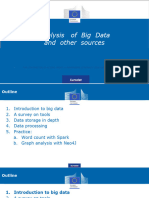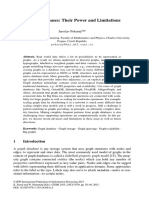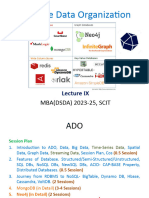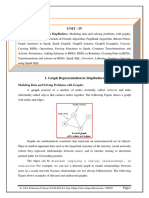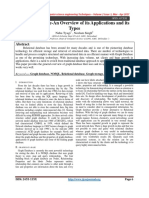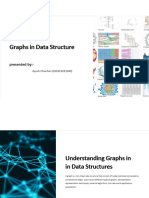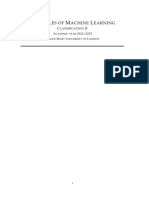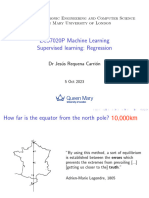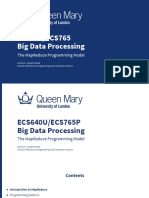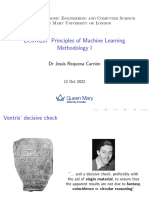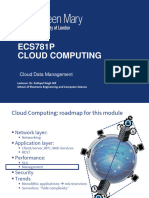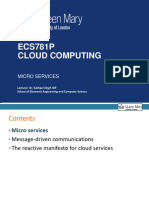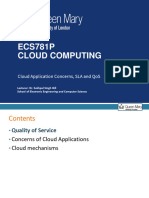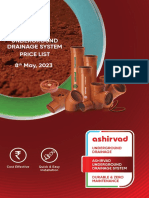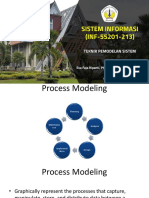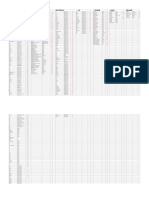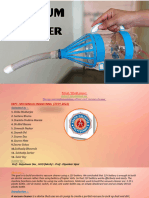0% found this document useful (0 votes)
89 views51 pagesECS765P - W9 - Large-Scale Graph Processing
This document discusses large scale graph processing. It covers graph applications, graph databases, graph databases with Python, Pregel, and GraphX. Graphs are used to model interactions and relationships in many domains like social networks.
Uploaded by
Yen-Kai ChengCopyright
© © All Rights Reserved
We take content rights seriously. If you suspect this is your content, claim it here.
Available Formats
Download as PDF, TXT or read online on Scribd
0% found this document useful (0 votes)
89 views51 pagesECS765P - W9 - Large-Scale Graph Processing
This document discusses large scale graph processing. It covers graph applications, graph databases, graph databases with Python, Pregel, and GraphX. Graphs are used to model interactions and relationships in many domains like social networks.
Uploaded by
Yen-Kai ChengCopyright
© © All Rights Reserved
We take content rights seriously. If you suspect this is your content, claim it here.
Available Formats
Download as PDF, TXT or read online on Scribd
/ 51






